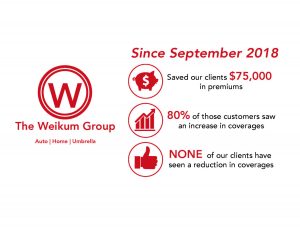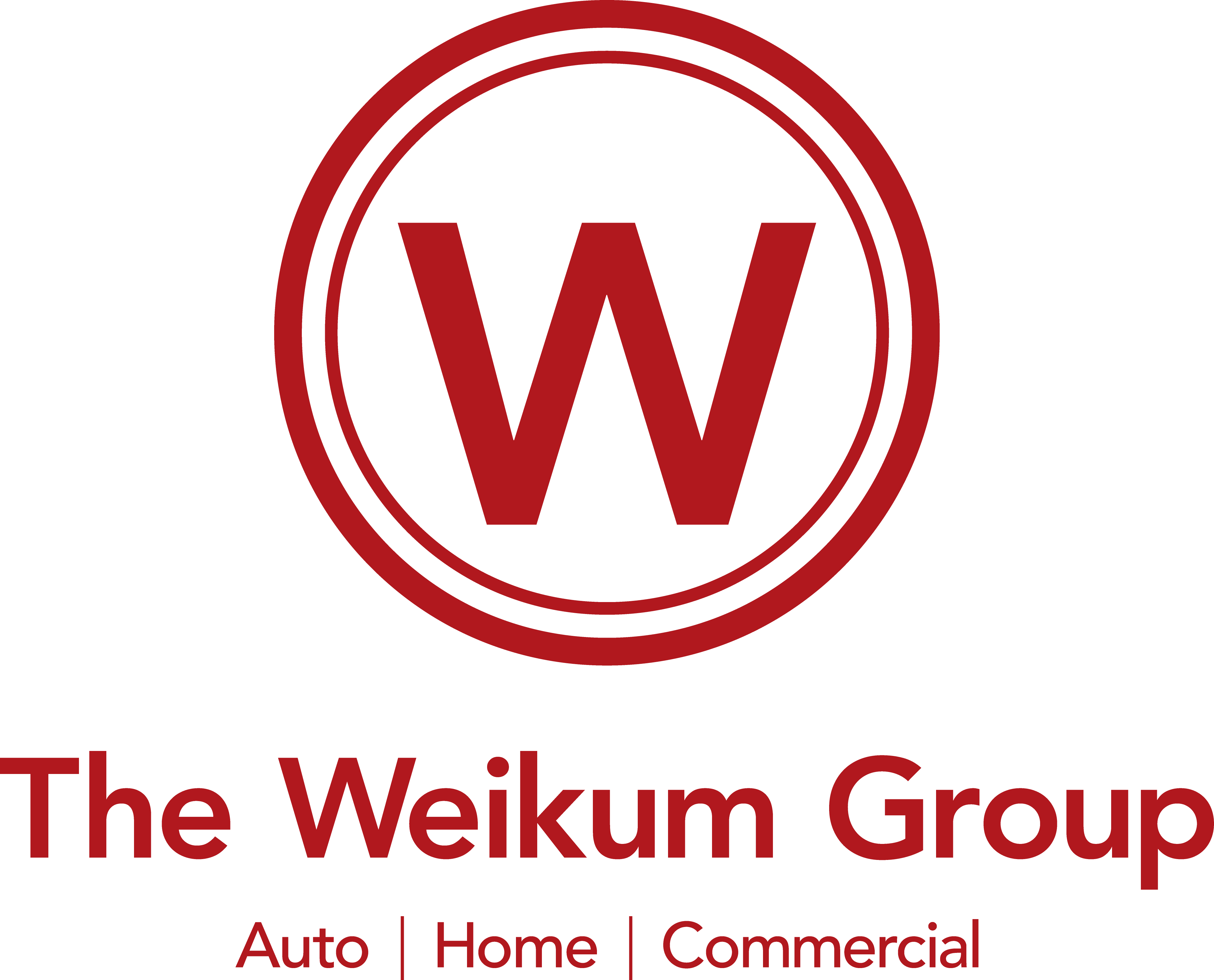One of the most common questions an insurance agent gets revolves around price, and rightfully so. Georgia has some of the highest insurance premiums in the country!

The solution to the pricing question should not revolve around the reduction in coverage rather is there another carrier who will offer the client the same coverages at a reduced price.
In fact, we often get the celebrated phone call from clients announcing they are debt-free when it comes to paying off their car loans! As part of the loan conditions, comprehensive and collision coverage are often mandated to protect the loaned asset from comprehensive losses (Such as hail, wind, flood, theft, animal, and missile) and accidental collisions. So clients call in and ask to remove these coverages.
Independent agents provide context to the coverages and access to carriers.
While we are all about saving money! Just not when it puts our clients in a worse scenario. Let’s add some context to the request.

Auto policies in Georiga are often paid out on an ACV or actual cash value bases. The simplest way to think of this coverage is if you were to sell your vehicle today, how much would someone pay for it?
Scenario 1
Client owns a 2015 Ford F250, purchases new, and has paid off the loans. Would it make sense to remove comprehensive and collision coverage?
Considering that Kelly Blue Book (www.KBB.com) puts the value of the vehicle between $20,911 and $23,998, we should ask the client, if the vehicle was to total today, would you want your insurance policy to replace the vehicle or would you pay for another vehicle out of pocket?
In this scenario, most clients would elect to keep the coverage once the implication of the lack of coverage is made clear.
Scenario 2
The client purchased a used 2008 Ford Fusion and has recently paid off the car loan. Would it make sense remove comprehensive and collision coverage?
Consider the value through KBB, putting the value of the vehicle between $3,430 and $4,681. Consider the premium cost per month and the deductible. So if the vehicle is worth $3430, subtract the annual cost to insure (let’s say $250), and the deductible ($1000). Now ASSUME the vehicle totals in 365 days. IF the value of the vehicle remained stagnant (which it won’t but for easy math lets assume), the net gain would be $3430-(250+1000)= $ 2180.
After knowing some context, would it make sense to insure the vehicle? This depends on the client’s financial situation and tolerance for risk. One could argue to remove the cost, and put the $250/year toward saving for a new vehicle, others might not think to save 70cents/day is worth the risk.
Another point to consider is that the comprehensive and collision coverage cost (premium) often reduces along with the value of the vehicle. A brand new $80,000 vehicle will cost more to replace than a $10,000 vehicle. For some, the peace of mind, is well worth the cost, while others would rather use that household budget elsewhere.
When discussing risk profiles with clients, we often see clients with 15-year-old vehicles with comprehensive and collision coverage. Some do this intentionally, yet others admit to not ever having considered the question or had a review with their client.
Context and Access
We do not have a magic wand that makes insurance costs cheaper. We simply place the right clients with the right insurance companies. As advisors we provide context, and as licensed agents, we provide access.


